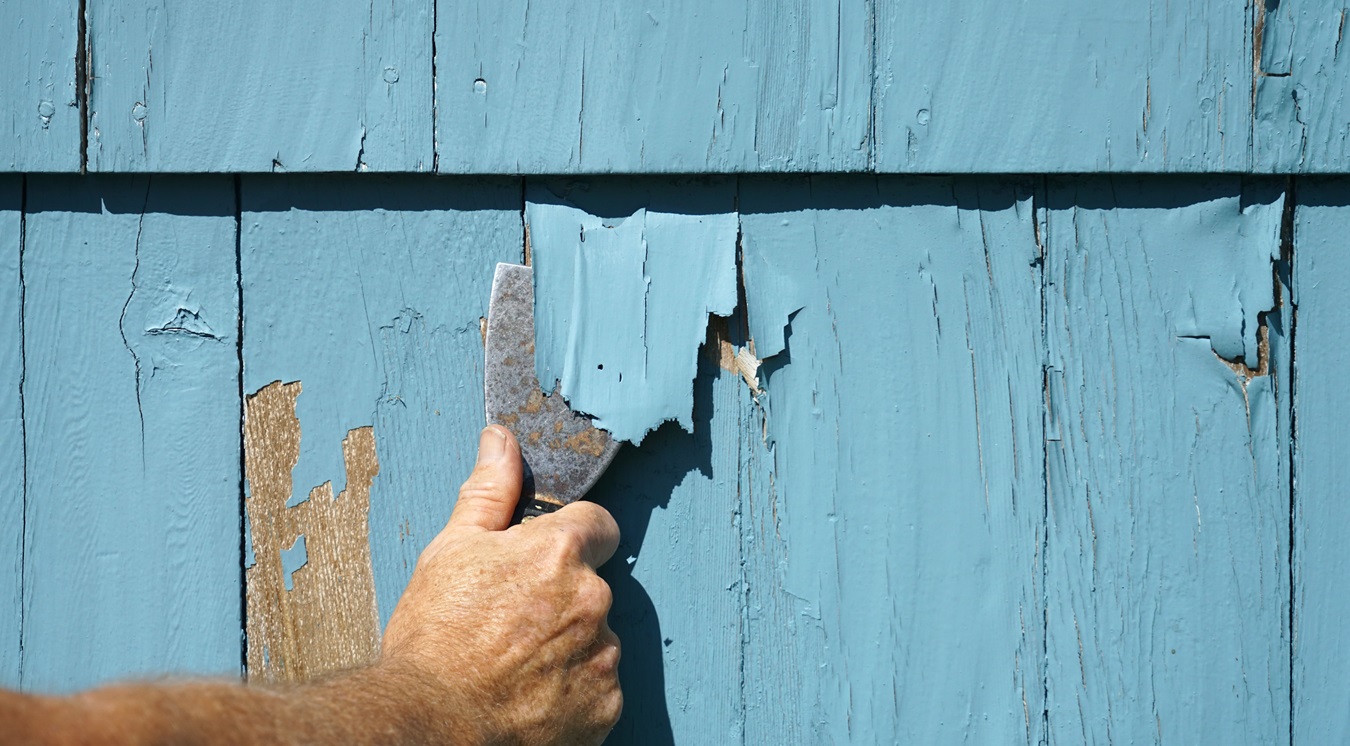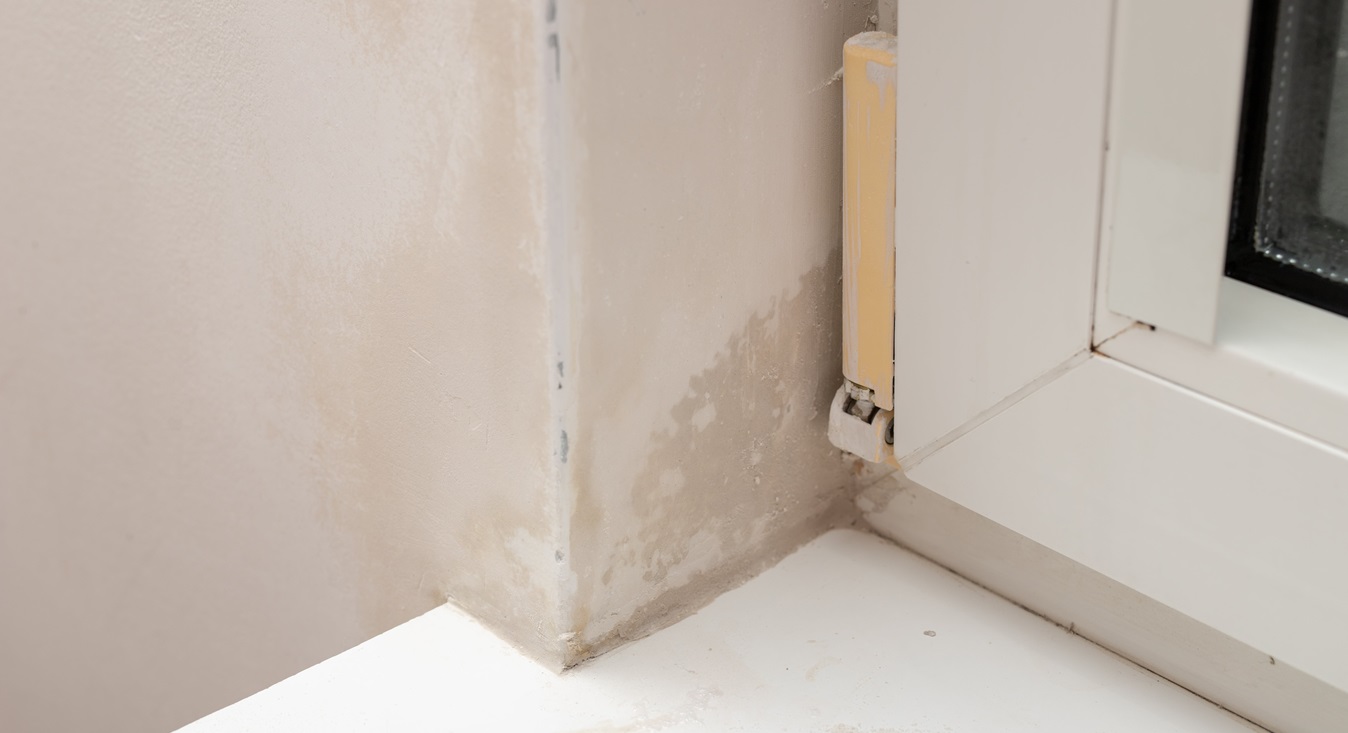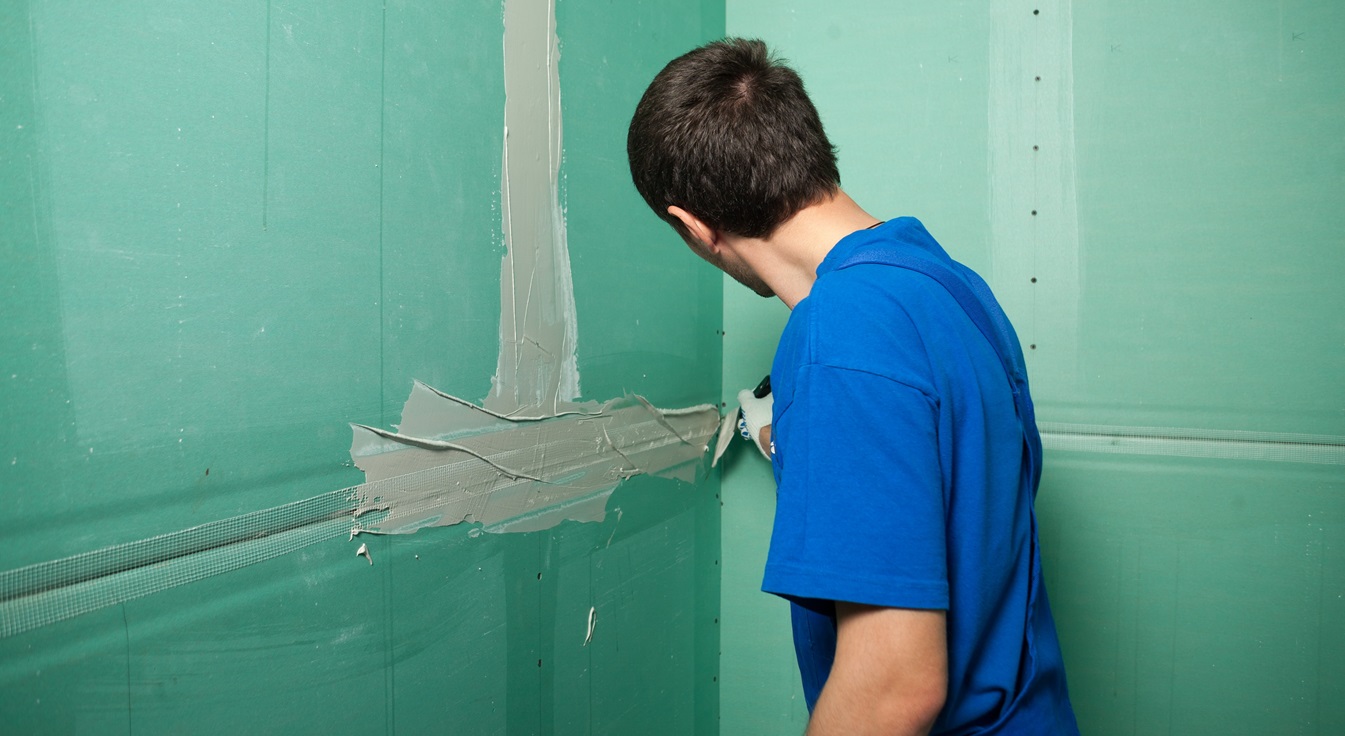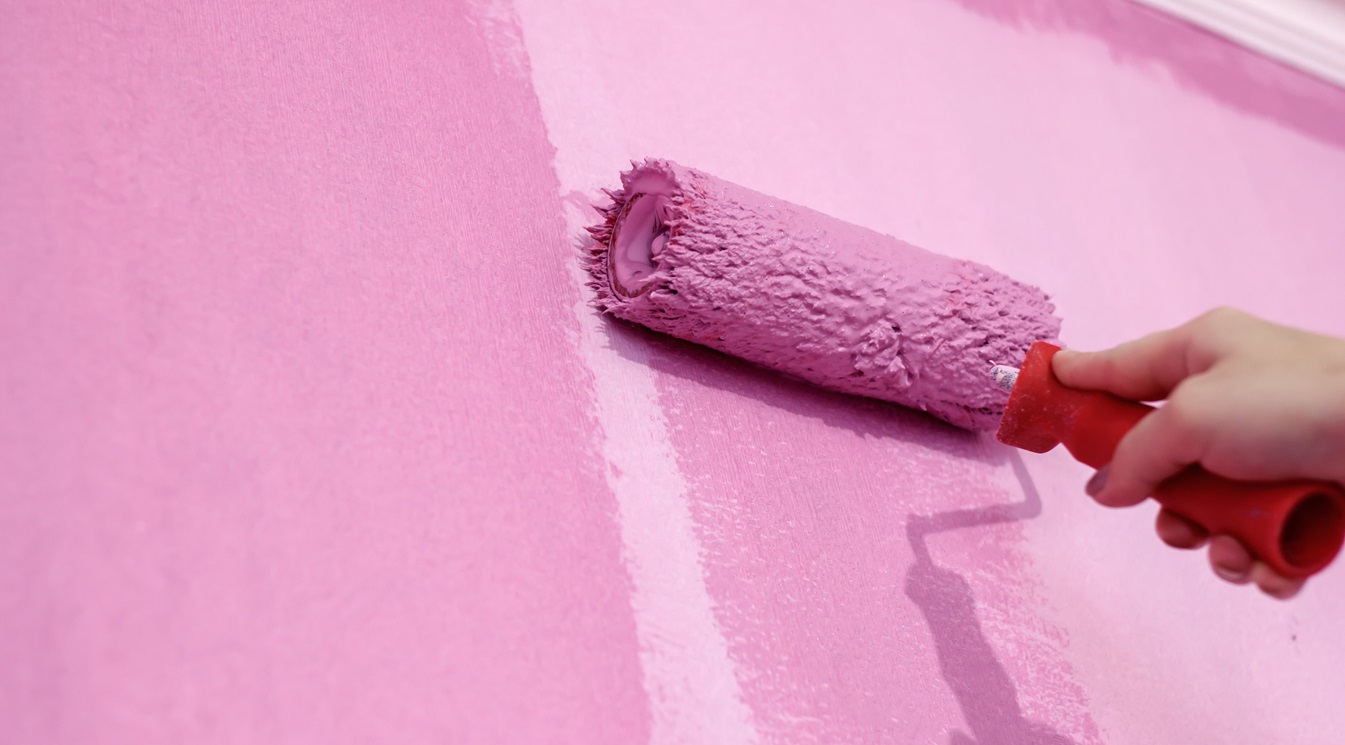Problems that Arise from a Poor Paint Job

Whether you're painting a residential or commercial space, you'll want to get prepared before you take on your new paint job. There's a lot that goes into painting a surface, and existing marks or cracks in your paint only make the job harder. So if you're starting to notice these tell-tale signs of a poor paint job, enlist the help of a trusted professional to remedy the situation. A professional will not know how to prepare the damaged exterior surface or drywall, but can advise how the first try went wrong.
To help out, we're listing the signs of a poor paint job, so you can recognise the symptoms and avoid making these mistakes in the future.
Signs of a poor exterior painting job

Direct exposure to the weather and the environment will wear your paint down over time. That being said, your exterior paint is meant to work as a protective layer for your surfaces, so while your colour will eventually fade, a good paint job will last for several years before showing any wear.
Below we've listed some of the early signs of an exterior painting job that isn't up to scratch. If you identify any of these signs in the early stages of your painted surfaces, then it's time to call in a professional to help out.
1. Air bubbles or blisters
Tiny air holes or the blotchy-streaky marks that appear under your paint usually mean that the surface below the paint wasn't correctly prepared, as these bubbles and blisters occur when dirt or other contaminants are trapped between the surface and the paint layer. Another mistake and cause of these streaks is applying oil-based paint over water-based paint while repainting the surfaces.
Possible solution:
- Make sure to clean and thoroughly dry the painting surface before working on it.
- Wait for the proper weather conditions. Depending on the type of paint you're using, if it's oil or latex-based, a general rule of thumb is to wait till temperatures are between 5 and 33 degrees Celsius.
- Make sure to apply several coats of paint as a preventive measure against air holes.
2. Flaking and Peeling
Water and moisture are the main culprits when it comes to cracks in your paint. In the primary stages, the problem will appear as minor cracks, only to grow into full-on flaking and peeling. Other causes for these cracks are rushing to apply a new coat of paint before the previous layer is dry, over-thinning or over-spreading the paint and using low-quality paints with low adhesion.
Possible solutions:
- Follow the painting guideline and apply the paint at the recommended spread.
- Wait until the first paint coat is completely dry. Latex paint usually takes 4-6 hours to dry, whereas an oil-based paint coat may take 24 hours or more. Don't rush the recoating process.
- In the case of repainting, consider stripping the existing paint and using a primer over the exposed surface.
3. Mould and Mildew

Growth of mould or mildew on exterior walls is generally caused by condensation, humidity and water leaks. However, they can also be the fault of a poor paint job. Using low-quality oil-based or acrylic paint, not priming the bare surface before painting, or painting over wet paint can also be the possible cause.
Possible solutions:
- Remove the Mould and Mildew - moulds and mildews are potential health hazards. Seek a professional's advice before removing, and always use protective eye gear and gloves for safety.
- Choose high-quality latex house paint for repainting your exterior surface.
4. Cracking
Cracking paint on the exterior surface often occurs when a top coat of paint is applied over a wet undercoat. Otherwise, hard, rigid coat application of enamel, oil-based or low-quality paints over a more flexible coating like acrylic, causes this loss of paint film elasticity over time.
Possible solutions:
- Scrub off the exterior paint and prepare the surface with proper scraping and sanding.
- Once the surface is prepared, it should be primed with high-quality oil-based or acrylic primer and painted with exterior acrylic paint.
5. Chalking or fading
Exterior paint chalking is another common sign of an amateur paint job. Chalking is often the cause of a low-quality or highly pigmented paint in use. This low-quality paint leads to rapid deterioration, vulnerability to UV and poor colour retention.
Possible solutions:
- With an appropriate cleaner, power wash the exterior surface to remove the chalk thoroughly. Allow the surface to dry off completely.
- If any noticeable chalk remains, use an alkyd-based masonry primer as the first coat.
- Use high-quality acrylic coatings for the best resistance to chalking.
Signs of a poor interior painting job

While interior painting may seem like the easier option out of the two, the process still comes with its own pitfalls. From blistering to colour fading, flaking to mildew growth, interior painting has its specific signs, so let's explore below what you should keep an eye out for.
6. Poor dirt or stain resistance
If your interior walls are absorbing dirt and stains, this is a sign that the painting job has missed the mark. Either low-quality paints were used, or a primer was missed, making your walls appear dirty and stained.
Possible solutions:
- Prime the interior surfaces to allow maximum film thickness.
- Choose high-quality latex paints, allowing for easy dirt and stain removal.
- For high-traffic spots, consider using high-sheen paints.
7. Foaming or cratering
Paint can foam or crater while applying or drying the paint, which will lead to either small and round bubbles or concave depressions forming on the paint film. Excessive rolling or brushing on the surface, using the roller cover with the wrong nap length and applying old latex paint are some of the common painting mistakes that cause foaming or cratering.
Possible solutions:
- While it's normal for paints to create small bubbles during application, high-quality latex paints will break those bubbles before drying.
- Use the right synthetic roller sleeve for a smooth and flat painting finish.
8. Uneven sheen

Poor uniform sheen is a common interior painting problem and is identified by dull spots contrasted with overly glossy areas. Using low-quality paints with inconsistent gloss levels or failing to prime the surface before painting are two causes of this uneven sheen. While using quality paints with an unskilled brush application/ spread can also leave interior walls patchy.
Possible solutions:
- For priming and coating, apply either a matte paint or gloss paint to keep the texture consistent and sheen regular.
- Make sure to prime or seal a porous surface.
9. Picture framing
Picture framing on the interior surface occurs when the walls are painted with rollers, but the edges and corners are brushed. The brushed areas eventually appear to be lighter or darker than the neighbouring sprayed or rolled sections. While it's sometimes unavoidable to use two separate painting methods, the poor application will result in an uneven-looking surface.
Possible solutions:
- Section off smaller areas of the surface and make sure the spread rates between brushes and rollers are similar.
- Keep the same coverage throughout by ensuring the edges and corners are wet when spraying or rolling over brushed areas.
10. Blocking
Typically, paint blocking occurs when two adjoining surface sections are painted using different colours or when the fresh paint is rolled over a newly painted part. Applying low-quality semi-gloss or gloss topcoats before drying the first coat can also result in blocking.
Possible solutions:
- Apply high-quality semi-gloss or gloss acrylic enamel paint and avoid gloss water-based painting solutions.
- Carefully follow the dry time and paint label instructions.
- Check the room temperature and moisture level before starting a painting job.









